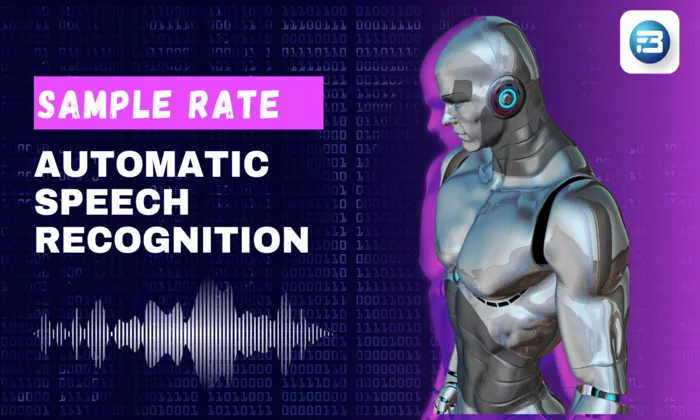Can I find in-car speech datasets tailored to specific automotive domains (e.g., luxury, commercial, electric vehicles)?
In-Car Speech
Automotive AI
Speech Datasets
In the dynamic world of automotive innovation, integrating voice recognition technology is pivotal for enhancing user experience and safety. Manufacturers and AI developers are increasingly seeking in-car speech datasets customized for specific vehicle segments such as luxury, commercial, and electric vehicles. This article explores the intricacies of in-car speech datasets, their importance, and their applications in automotive AI.
Understanding In-Car Speech Datasets
An in-car speech dataset comprises voice recordings from within a vehicle's interior, capturing both spontaneous and prompted speech from drivers and passengers across various driving environments. These datasets train AI systems to enhance speech recognition, command understanding, and conversational capabilities in automotive settings.
Why In-Car Speech Datasets Matter
- Unique Acoustic Environments: Vehicle interiors present distinct acoustic challenges due to noise from engines, tires, and external elements. In-car speech datasets help AI adapt to these conditions, improving model accuracy and performance.
- Speech Diversity: These datasets encompass wake words, multi-turn dialogues, and emotional commands, crucial for developing robust AI systems that understand context and intent in real-world scenarios.
- Enhanced User Experience: Utilizing specialized datasets, AI developers can create voice assistants that respond naturally and effectively, boosting user satisfaction and safety.
Best Practices in Speech Data Collection
The quality of an in-car speech dataset is greatly influenced by data collection methodologies. Here are some best practices:
- Real-World Conditions: Recordings should be made in actual driving conditions and stationary vehicles across diverse environments, urban, highway, and rural roads.
- Speaker Variety: Including diverse speakers, drivers and passengers from different demographics, ensures the dataset reflects various accents, speech rates, and emotional tones.
- Microphone Placement: Variability in microphone placement (e.g., dashboard-mounted, embedded, or handheld) introduces different acoustic profiles, which must be accounted for in dataset design.
Real-World Applications: Tailoring Datasets to Automotive Domains
In-car speech datasets can be customized for specific automotive domains, each with unique requirements:
Luxury Vehicles
- Luxury brands may use in-car speech datasets to develop multilingual voice assistants that understand nuanced commands and provide personalized responses. Data collection might focus on capturing spontaneous interactions and user preferences in varied acoustic conditions.
- Commercial Vehicles: For commercial fleets, datasets can prioritize efficiency and safety, including voice commands related to navigation and hands-free communication. This ensures speech recognition systems operate effectively under high-stress conditions like busy urban environments.
- Electric Vehicles: In the realm of electric vehicles (EVs), datasets focus on quiet cabin environments and the unique speech patterns of users prioritizing eco-friendly features. This includes capturing speech in low-noise conditions while accommodating specific command sets relevant to EV functionalities.
Challenges and Considerations
While collecting and utilizing in-car speech datasets, several challenges may arise:
Reliance on Synthetic Data
- Using synthetic or overly clean studio recordings can lead to poor real-world performance. Datasets must reflect the acoustic variability found in vehicles.
Bias and Representation
- It’s crucial to ensure the dataset includes a broad range of demographics and speech styles to avoid bias in model training.
- Annotation of speech data: Proper annotation of speech data, including noise types and intent tags, is vital for effective AI model training and evaluation.
Future Trends in In-Car Speech Datasets
The future of in-car speech datasets includes significant advancements:
- Multi-Agent AI Systems: Developing systems that handle multiple speakers and commands simultaneously.
- Emotion Recognition: Creating datasets that capture emotional nuances in speech, enhancing AI's empathetic responses.
- Federated Learning: Utilizing real-time data feedback to continuously improve model performance based on user interactions.
Partnering for Success
To develop high-performing AI models capable of navigating in-car environments, partnering with a specialized data provider like FutureBeeAI is invaluable. With a focus on real-world diversity and tailored datasets, FutureBeeAI offers ready-to-use and custom-built solutions across multiple automotive domains. This ensures your projects benefit from high-quality training data, enhancing both user experience and system reliability.
By understanding the nuances of in-car speech datasets, AI engineers, researchers, and product managers can confidently develop solutions that meet the evolving demands of the automotive industry.
What Else Do People Ask?
Related AI Articles
Browse Matching Datasets
Acquiring high-quality AI datasets has never been easier!!!
Get in touch with our AI data expert now!








